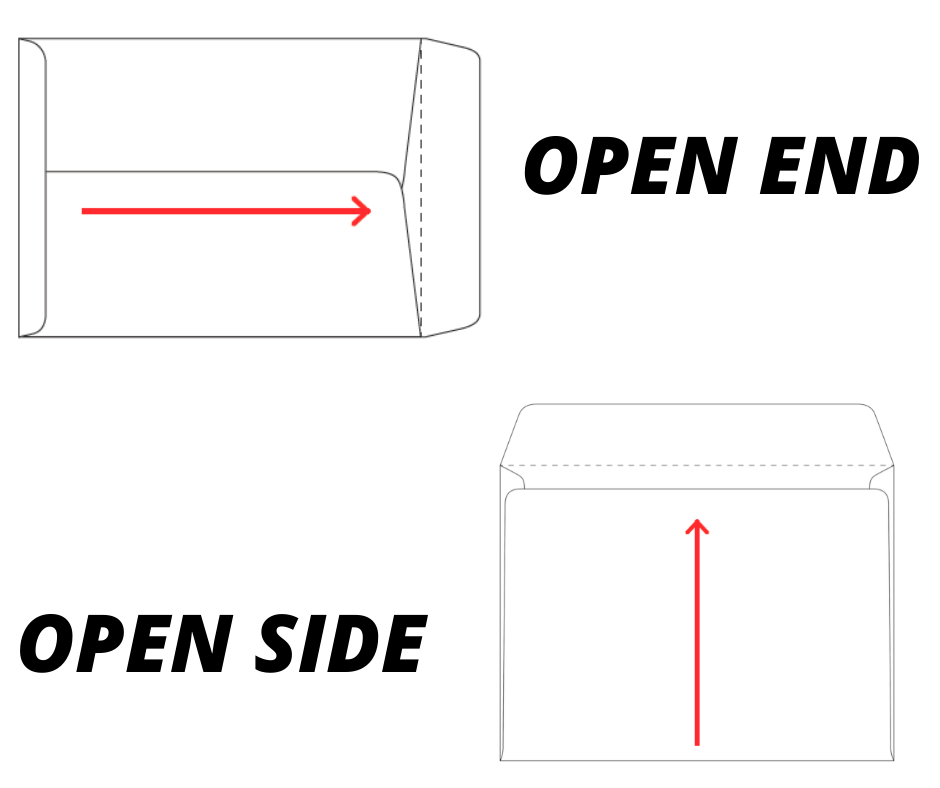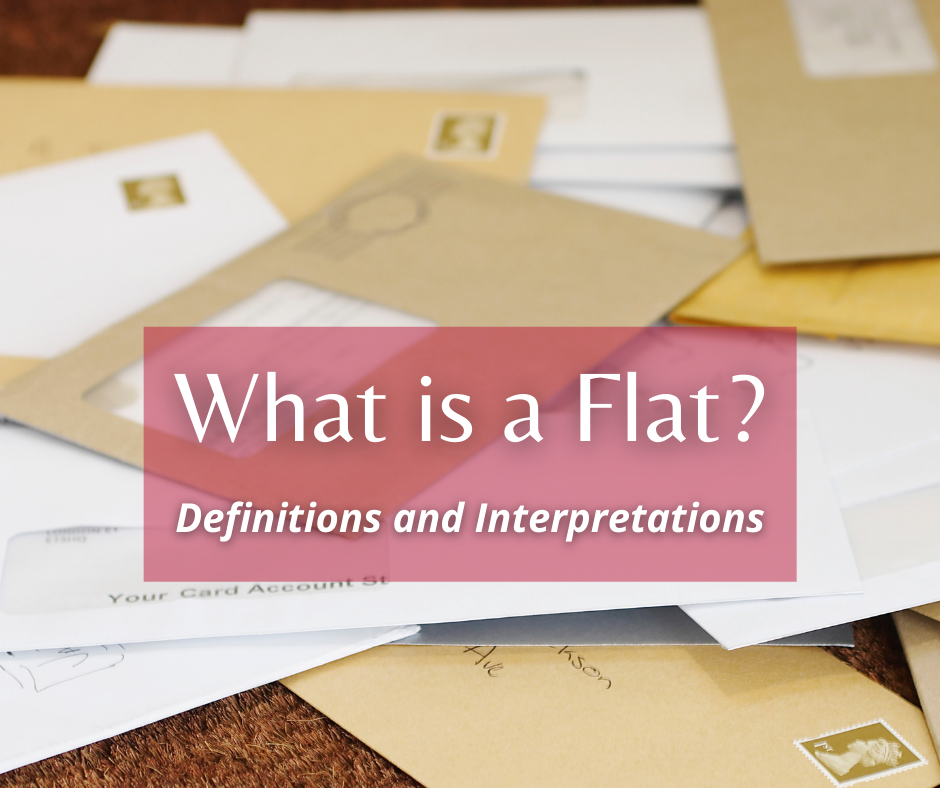When designing your mailpiece, choosing the correct format is crucial. Understanding the terminology and common names associated with certain mailpieces can give insight into which one is suitable for the goals of your campaign. One term that has multiple meanings is a flat. There are three common ways to define a flat.
A Flat as Defined by the USPS
The USPS® defines a “flat” as a large mailpiece, such as a large envelope, newsletter, or magazine. The delivery address may appear on the front or the back of the mailpiece (but must be on the side bearing postage), parallel or perpendicular to the top edge, but it cannot be upside down as read in relation to the top edge.
The words “large envelopes” and “flats” are frequently used interchangeably within the mailing industry. However, to be called a flat by the USPS, the below criteria must be met:
- Have one dimension that is greater than 6-1/8 inches high OR 11-½ inches long OR ¼ inch thick.
- Be no more than 12 inches high x 15 inches long x ¾ inch thick.
- Flexible.
- Have four square corners (or finished corners not exceeding a radius of 0.125 (1/8) inch.
- Uniformly thick.
- Unwrapped, sleeved, wrapped, or enveloped.
A USPS Marketing Mail® flat is typically used for advertisements, flyers and catalogs. An example of this would be the Every Door Direct Mail® (EDDM®) service. This is a service that simplifies the marketing process and offers marketers an affordable option to target an area or neighborhood. Instead of individually addressing each mailpiece, a letter carrier delivers it to a “Postal Customer.” EDDM is fast, effective, and uses USPS Marketing Mail rates.
Direct Mail Flat – Flats from the Perspective of a Direct Mail Professional
In the direct mail industry, “flats” can be more broadly described to include simple self mailers (a piece of direct mail that does not require an envelope) or postcards. While not the USPS definition, these kind of flats can sometimes cost less to produce and send than traditional direct mail pieces, however they are not appropriate for every audience and offer.
Tip: Postcards have a very narrow definition by the USPS because of their smaller dimensions, but mail recipients, or the average person, typically see postcards as a mailing that isn’t in an envelope. Direct mail flats, or postcards, traditionally are printed on two sides of a piece of card stock. This gives plenty of opportunity to share and reiterate your message with your recipient. There are several reasons to mail flats to customers, donors, prospects, and other targeted audiences. They tend to be faster, easier, and more affordable to produce than other mail formats. They can also be mailed quickly and within most budgets.
Open-Side and Open-End Envelope Flats

Another industry interpretation is the envelope flat, also referred to as “catalog envelopes”, which are larger in size. Typically sized as 9″ x 12” or 10″ x 13”, envelope flats are often used for policy mailers, insurance and financial information.
Open-end envelope flats have their openings and flap on the shorter dimension of the envelope and are normally well suited for hand inserted applications. Open-side envelope flats have their opening and flap on the longer dimension of the envelope. Since open-side envelope flaps are typically shorter, they are often well suited for automatically inserted applications.
As with direct mail flats, envelope flats have their advantages. Their large size provides plenty of real estate to reiterate and share your message with your recipient. Additionally, enveloped flats are useful for mailings with multiple inserts, provide privacy for sensitive mailings, and often offer the benefit of appearing more valuable to the recipient since it is enclosed.
Are All Flats Created Equal?
In the mailing industry it’s important to be able to distinguish between common industry terms and actual USPS definitions. Direct mail flats and open-end/open-side envelope flats are not to be confused with the USPS definition. Confusing the two can be costly and could impact the expected delivery of your mailpieces. Does this mean that the three interpretations are mutually exclusive? The short answer is no, and in fact there are cases where industry terms and Postal Service definitions do overlap. For example, a 9×12 open-side envelope would be defined as a USPS flat and would qualify it for the postage rate of a flat if shape and weight criteria are met.
Some of these “Direct Mail Flats” would not be considered flats by the USPS because they don’t meet specific criteria set in place by the USPS such as size or shape. If the mailpiece does not meet the outlined dimensions, then the Postal Service considers it a letter and letter-size postage is charged.
Need Help Deciding If A Flat Is Right For Your Direct Mail Campaign? Contact Us
Navigating the common terminology and the differences and similarities they share with the Postal Service definitions can be a challenge, but Tension is here to help. Contact us to discuss if a flat is right for your direct mail campaign and the importance of having the right mailpiece.




